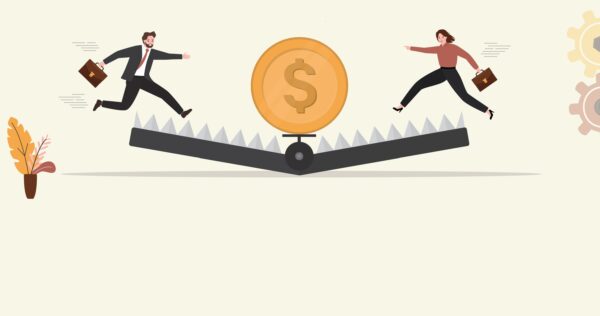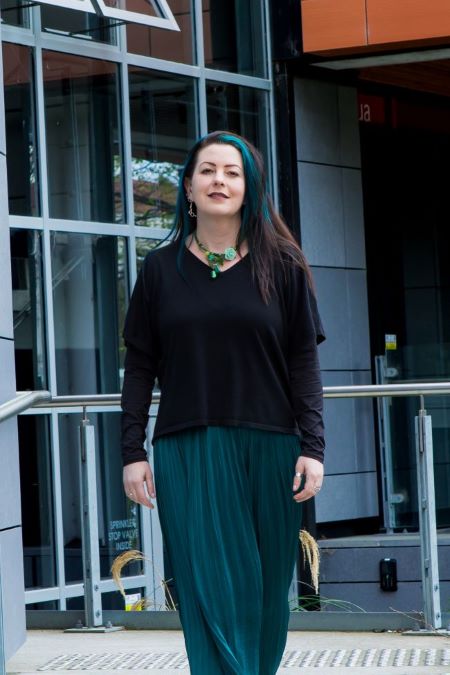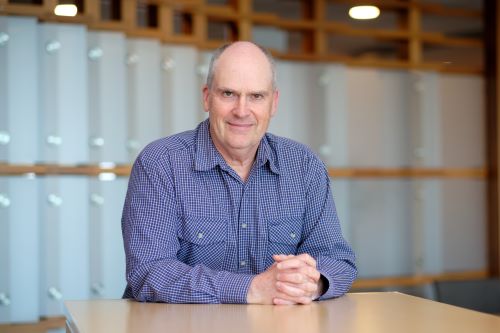I worked alongside Jenny* for six months and didn’t know she was drug addict. Her production skills were poor and tasks kept falling between the cracks. She was often missing on Monday and we didn’t figure until later that it was because she’d been awake all weekend on P. After dozens of samples were stolen from storage cupboard, we started to suspect. She resigned weeks later, after confessing to the receptionist she was on drugs.
John* had great job working as senior manager in big IT department. He had degree as business analyst, supportive family, salary of $120,000 – and an alcohol addiction.
Now he’s lost his job, his marriage has broken down and he works in takeaway bar. You would never guess it to look at him: he doesn’t look like loser. Despite that, high-functioning people like John and Jenny are the face of drug and alcohol addiction in New Zealand.
John’s problem was discovered because of absenteeism and poor performance. “I’d make excuses, I was late to meetings or I was feeling hungover and sick, and I’d stay home.
“In the end I had to put my hand up and say, ‘I need help’.”
CEO of Odyssey House Christine Kalin says John isn’t uncommon among the people she sees treated for alcohol and drug addictions. You’re not talking about the dregs of society, but problem that stretches from senior managers to the factory floor.
“There are no social, economic or racial boundaries. It can affect anyone, on any layer of society. I’ve seen everyone from doctors, to technicians, to communications professionals,” she says.
Speaking from personal perspective after six years in the sector, Kalin stresses that although drug addiction is the most publicised of addictions, alcohol is far greater workplace problem. The Department of Labour says research shows almost 48 percent of all those in full-time employment in New Zealand could be classed as binge drinkers.
Says Kalin: “If alcohol was classified as drug, it would be class B drug. It is the biggest social lubricant and unfortunately it has place in history.”
Drinkers can be fairly easily detected, but discrimination makes it harder to detect drug addicts, she says.
“The stigma that goes with drug use makes it very difficult and often it’s third-party pressure from spouse or workmates that leads them to seek help.”
Because drug use is illegal, users are often afraid to ask for help. “They will try to keep the addiction secret, but reduced functionality is usually what leads to detection.”
She says employers need to create workplace where people feel safe to talk about the fact that they have problem.
“You need to provide mechanism so staff can safely discuss the issues, because people with addictions don’t often go to GPs. They just need listening ear. It’s about implementing those processes within workplace, having pathway of support and treatment for those who need it.”
She says there are useful mechanisms, such as employee assistance programmes, but employers should be looking more broadly at the whole health of their workplace.
“It’s about creating healthy workplace culture, promoting the health and wellbeing of your people so addiction doesn’t have neon light flashing on. It could be part of comprehensive health screening process – diabetes, blood pressure, heart check. Seeing it as part of health package enables it.”
She suggests appointing generic person to contact at work so every worker knows there is someone to talk to if they have issues.
Sacking someone for an addiction could be the worst thing you can do for them, says Kalin. “Work can enable recovery. If they lost their job, that can mean full-on feast of drugs. Sacking is not in the best interests of the person. People need hope, belief and encouragement, family support and colleagues.”
No one feels good being addicted, she says. “Individuals often feel despair and self-blame. Beneath it is person who wants to make it.
“In an ideal world, it takes community to support someone to get off drugs. community of support – family, managers, colleagues, team to support you.”
Employers may need to be flexible with time and take precautions with cash.
Yes, there are risks to the employer in this approach, she says. “I have to be frank. lot of businesses are small businesses and any risks to their quality, service or cash flow are significant risks. People have mortgaged their homes to set up their businesses. It’s fact of life.
“The emphasis is on early detection so that the opportunity for that person to change happens as quickly as possible.”
Relapse is part of the process for many addicts as they battle to overcome the strong biochemical pathways for pleasure that have formed. “It happens in the primal part of the brain, not the central lobe, which is why it is so difficult to overcome and it can be lifetime commitment.”
Could drug testing help an employer avoid taking on someone who has an addiction? “My personal view is that person with serious drugs and alcohol addictions knows how to evade drug tests. Where there are significant risk issues, I would support it. But I don’t think it’s foolproof. People use other people’s urine. Or they stop using for the week of the test. It’s tool, but not in isolation. And it’s relatively expensive to do. In addition, there will be people who use drugs and it will never affect their work – it’s the same as for alcohol.”
But Kalin says there is hope. “People do overcome their addictions and go on to lead healthy, normal lives.”
As far as I’m aware, Jenny hasn’t worked in magazines again, but John is on the road to recovery. He paid his own $15,000 private treatment costs, but still found himself back with Odyssey House after couple of relapses.
“My wife walked away. I was looking after three little kids. That was low point in my life. Now I’m working again after three and half years of unemployment and I want to get back to an IT management role.
“I want quality life for me and my children.”
* To protect their privacy, these are not their real names.
The most common drugs
• Alcohol is the most commonly used drug in New Zealand. Binge drinking has been defined as seven or more standard drinks in one sitting for adults over 18. Almost 48 percent of all those in full-time employment in New Zealand are binge drinkers, says the Department of Labour.
• Tobacco is the second most common drug, highest among the 25-34 age group.
• Cannabis comes in third and is the country’s most widely used illegal drug. About half of New Zealanders try it at some time in their lives and about 30 percent do so before the age of 15.
• Legal highs, ‘herbal’ highs, or party pills have become the preferred drugs of many young people. One in seven adults have used BZP party pills at some point in their lifetime. About 5.6 percent of adults used party pills in the past year.
• Ecstasy and MDMA use has increased in recent years, with 2.6 percent using Ecstasy in the past year. In 2007-08, 6.2 percent of adults surveyed had tried ecstasy compared with three percent in 1998. Larger seizures of MDMA since 2000 indicates its use is on the increase too.
• ‘P’, methamphetamine, and amphetamine use has also increased in recent years. Now about one in five people presenting for drug treatment cite some form of amphetamine, alone or in combination with other drugs, as their main substance use problem.
• Opiates such as heroin, home-bake, morphine, and poppies account for small percentage of drug use in New Zealand (1.1 percent).
*Excepting alcohol statistics, supplied by the Alcohol Drug Association New Zealand
How do you recognise the warning signs?
The Department of Labour says to look out for:
• days off, especially after weekends
• lateness in the morning or after lunch
• long lunch hours
• impaired workplace performance
• reduced reaction times
• missed appointments or deadlines











